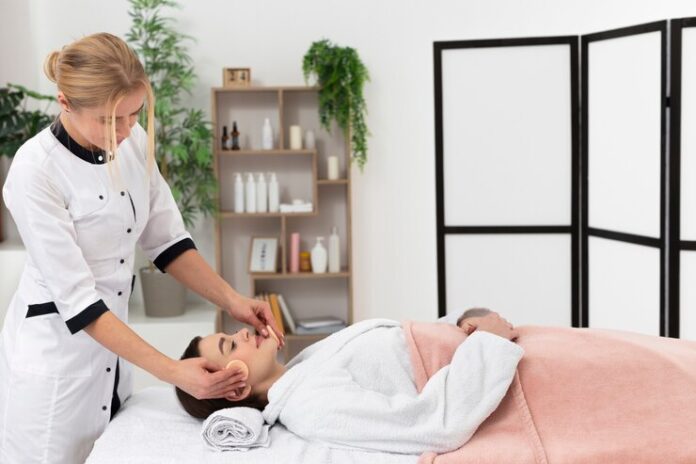Introduction to Massage
마사지, the Korean term for massage, is a therapeutic practice that has been cherished for centuries. It involves manipulating the body’s soft tissues to enhance overall health and well-being. This age-old technique has gained global recognition for its ability to alleviate stress, relieve pain, and improve physical and mental health.
The Cultural Roots of Massage
Historically, massage has deep roots in Korean culture and traditional medicine. Ancient healers and shamans practiced massage to balance the body’s energy, known as “gi.” It was believed that a well-balanced gi could prevent illnesses and promote a healthy life. Over the centuries, massage has evolved, integrating various techniques from traditional Korean medicine, including acupuncture and herbal remedies.
Different MassageTechniques
Massage is not a one-size-fits-all practice. It encompasses a variety of techniques, each designed to address specific needs and conditions. Some popular massage techniques include:
- Swedish Massage: Known for its gentle and relaxing strokes, Swedish massage is perfect for stress relief and overall relaxation.
- Deep Tissue Massage: This technique targets deeper layers of muscles and connective tissues, making it ideal for chronic pain and muscle tension.
- Shiatsu Massage: Originating from Japan, Shiatsu massage involves applying pressure to specific points on the body to promote energy flow and restore balance.
- Aromatherapy Massage: Combining the benefits of massage with the therapeutic properties of essential oils, this technique enhances relaxation and healing.
- Sports Massage: Designed for athletes, this massage focuses on preventing and treating sports-related injuries, improving flexibility, and enhancing performance.
The Health Benefits of Massage
Massage offers a multitude of health benefits, making it a valuable addition to any wellness routine. Some key benefits include:
- Stress Reduction: By lowering cortisol levels and increasing the production of serotonin and dopamine, massage helps reduce stress and promote a sense of well-being.
- Pain Relief: Whether it’s chronic pain, muscle soreness, or tension headaches, massage can provide significant relief by improving blood circulation and relaxing tight muscles.
- Improved Circulation: Massage techniques stimulate blood flow, ensuring that oxygen and nutrients are efficiently delivered to muscles and tissues, promoting healing.
- Enhanced Flexibility: Regular massage sessions can improve flexibility and range of motion by reducing muscle stiffness and increasing joint mobility.
- Boosted Immune System: Studies have shown that massage can enhance immune function by increasing the activity of natural killer cells, which help fight off infections.
Incorporating Massage into Your Life
Integrating massage into your routine can lead to profound improvements in both physical and mental health. Here are a few tips to get started:
- Find a Qualified Therapist: Look for a licensed massage therapist who specializes in the type of massage that best suits your needs.
- Set a Regular Schedule: Consistency is key. Aim for regular massage sessions to maintain the benefits over time.
- Communicate Your Needs: Always communicate your specific needs and preferences to your massage therapist to ensure the best possible experience.
- Combine with Other Therapies: Consider combining massage with other wellness practices, such as yoga, meditation, or acupuncture, for a holistic approach to health.
Conclusion
Massage is a timeless practice that offers a wealth of health benefits, from stress relief and pain management to improved circulation and immune function. Embracing massage as part of your wellness routine can lead to a healthier, more balanced life. As the world continues to recognize the healing power of 마사지, its popularity will undoubtedly continue to grow, bringing the benefits of this ancient practice to people everywhere.


